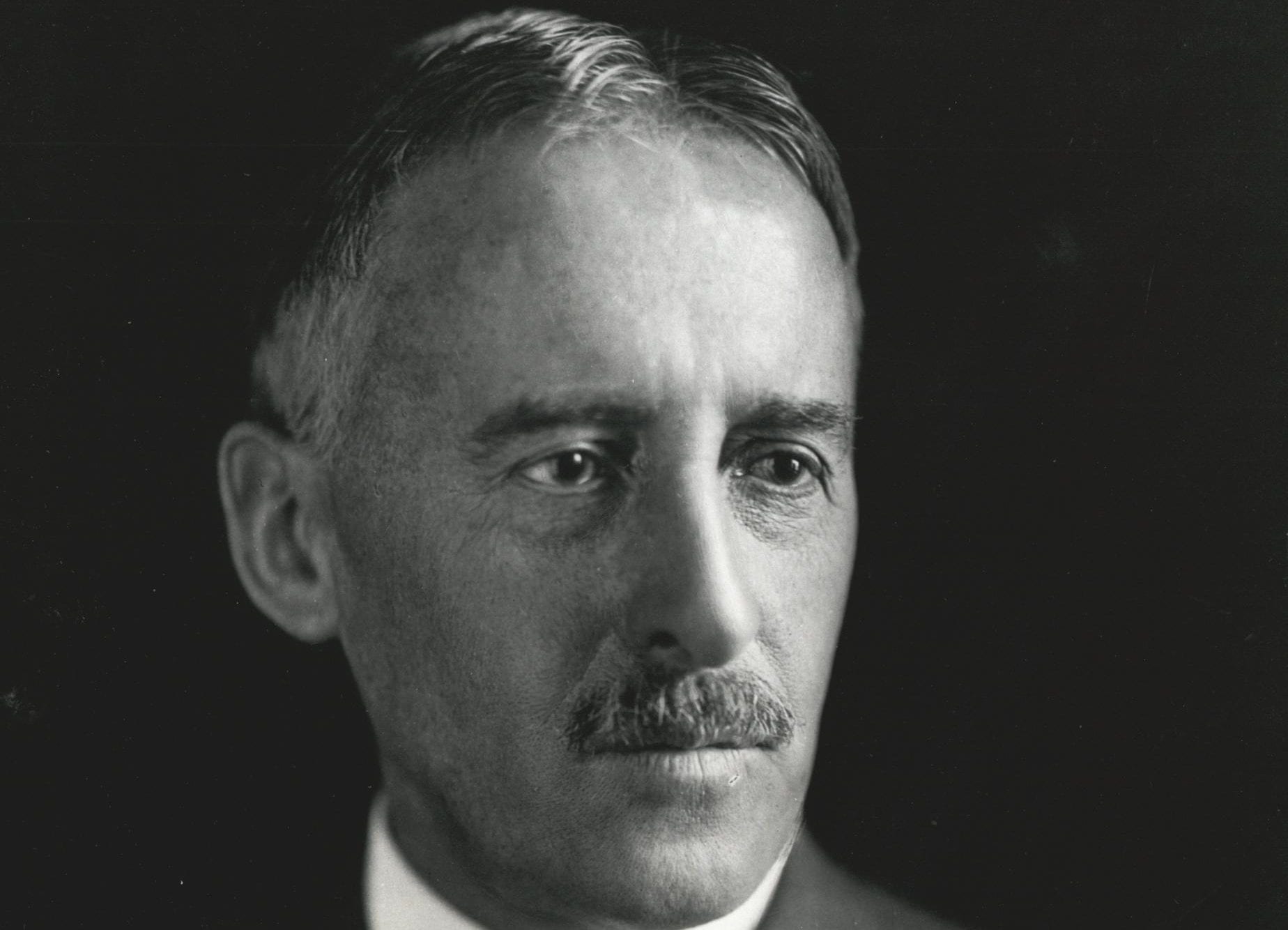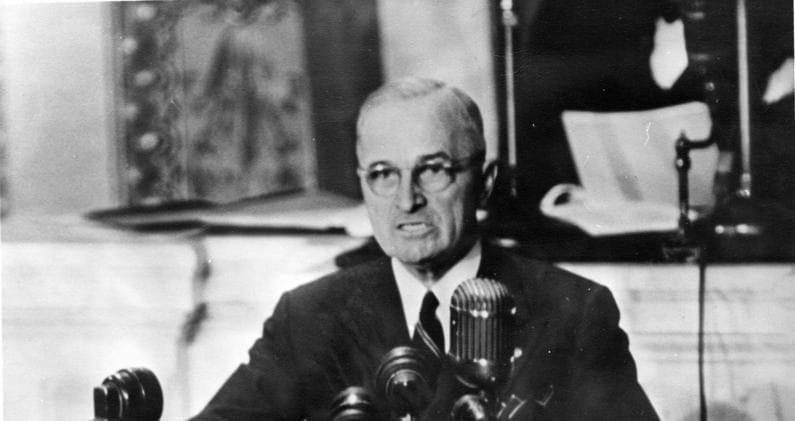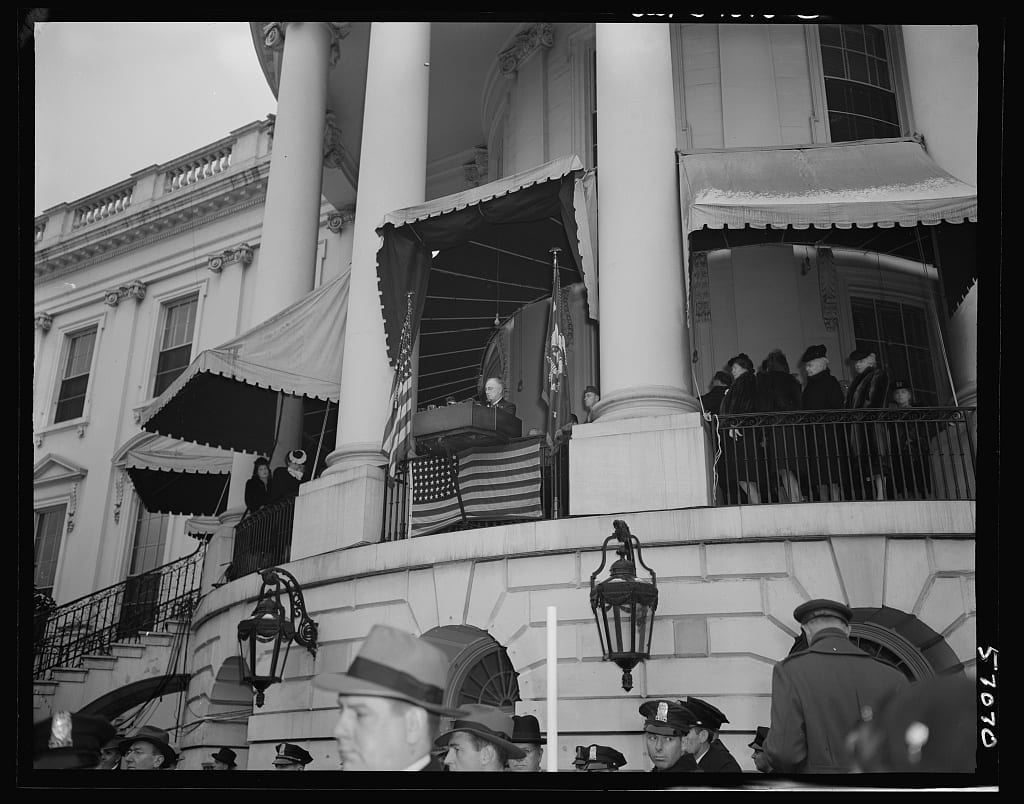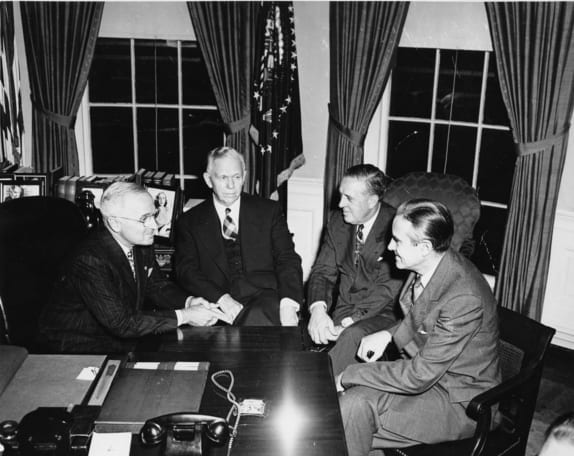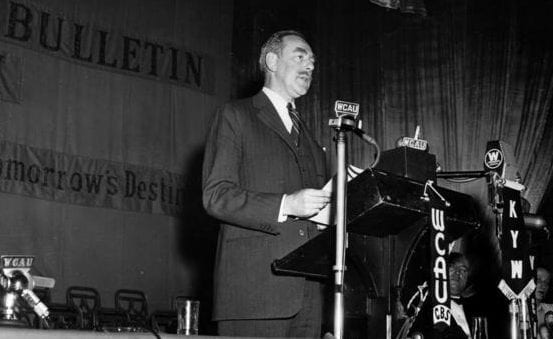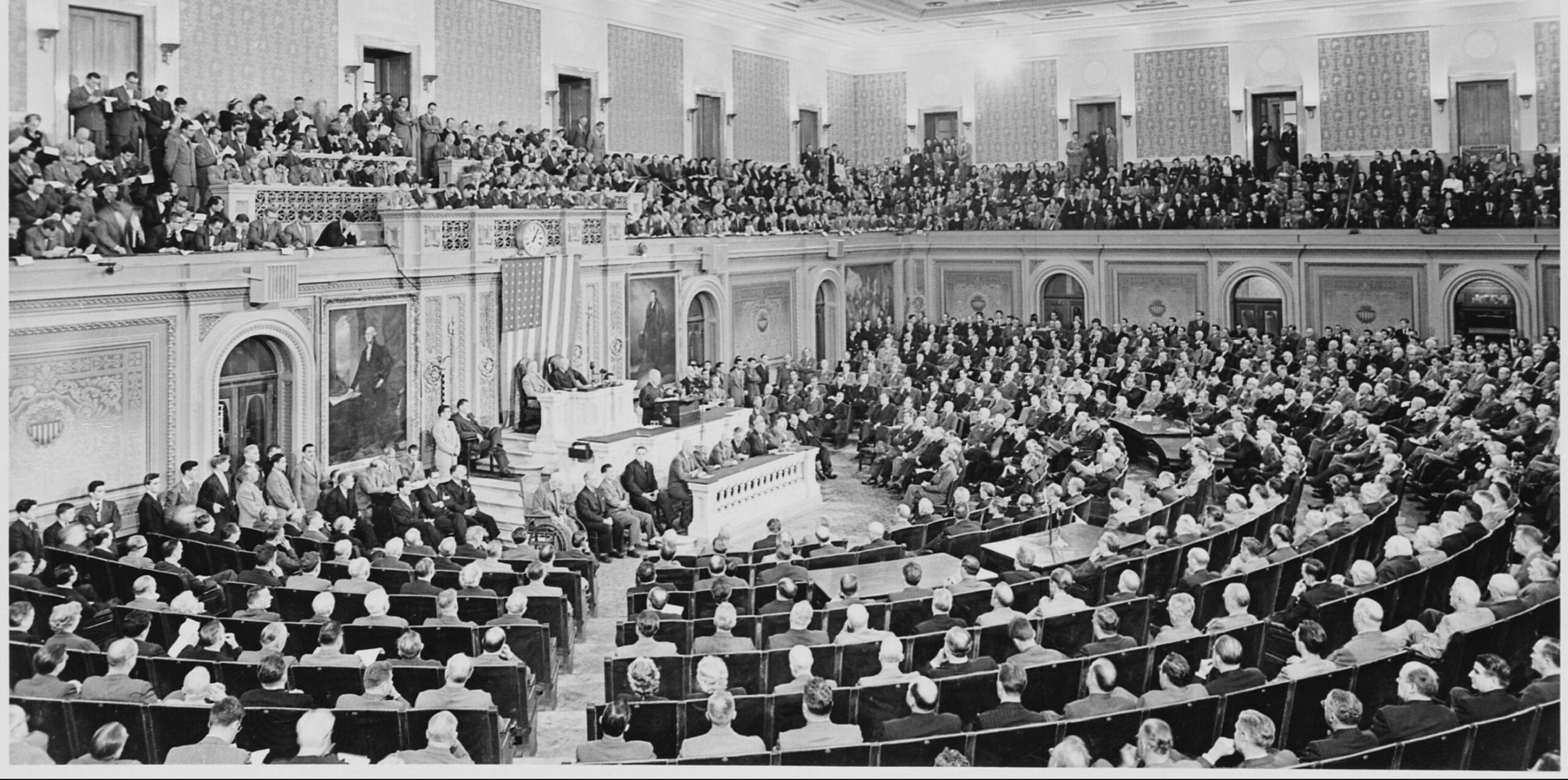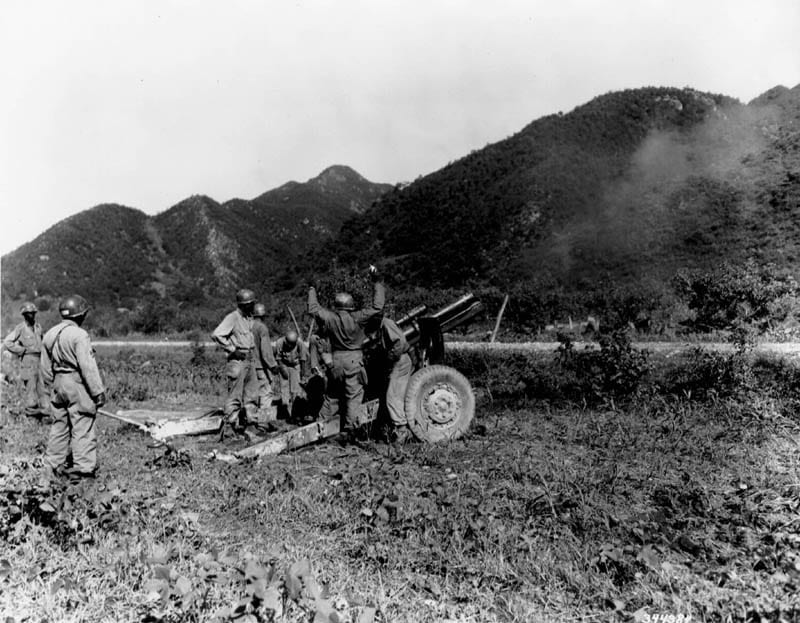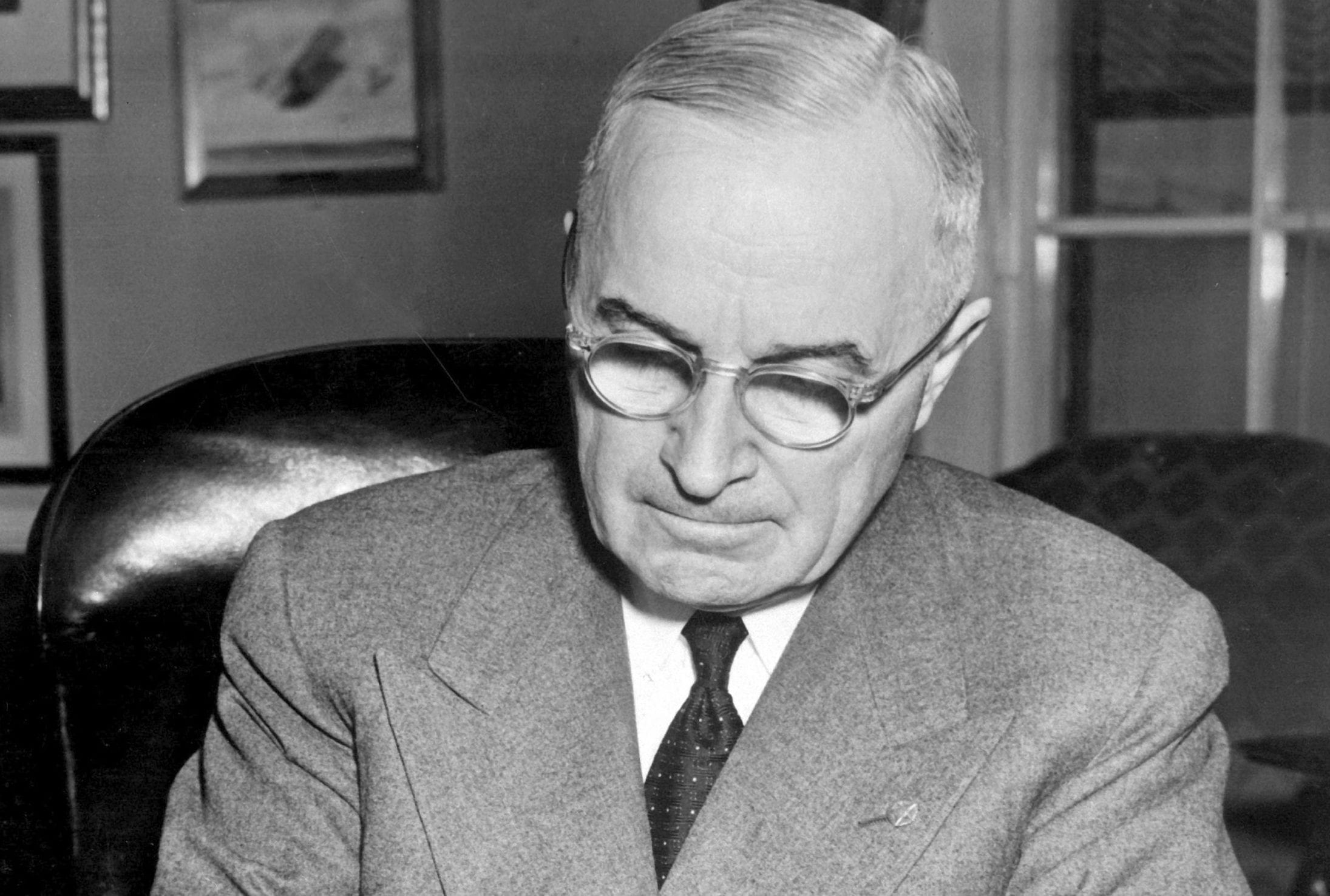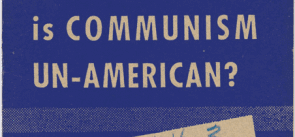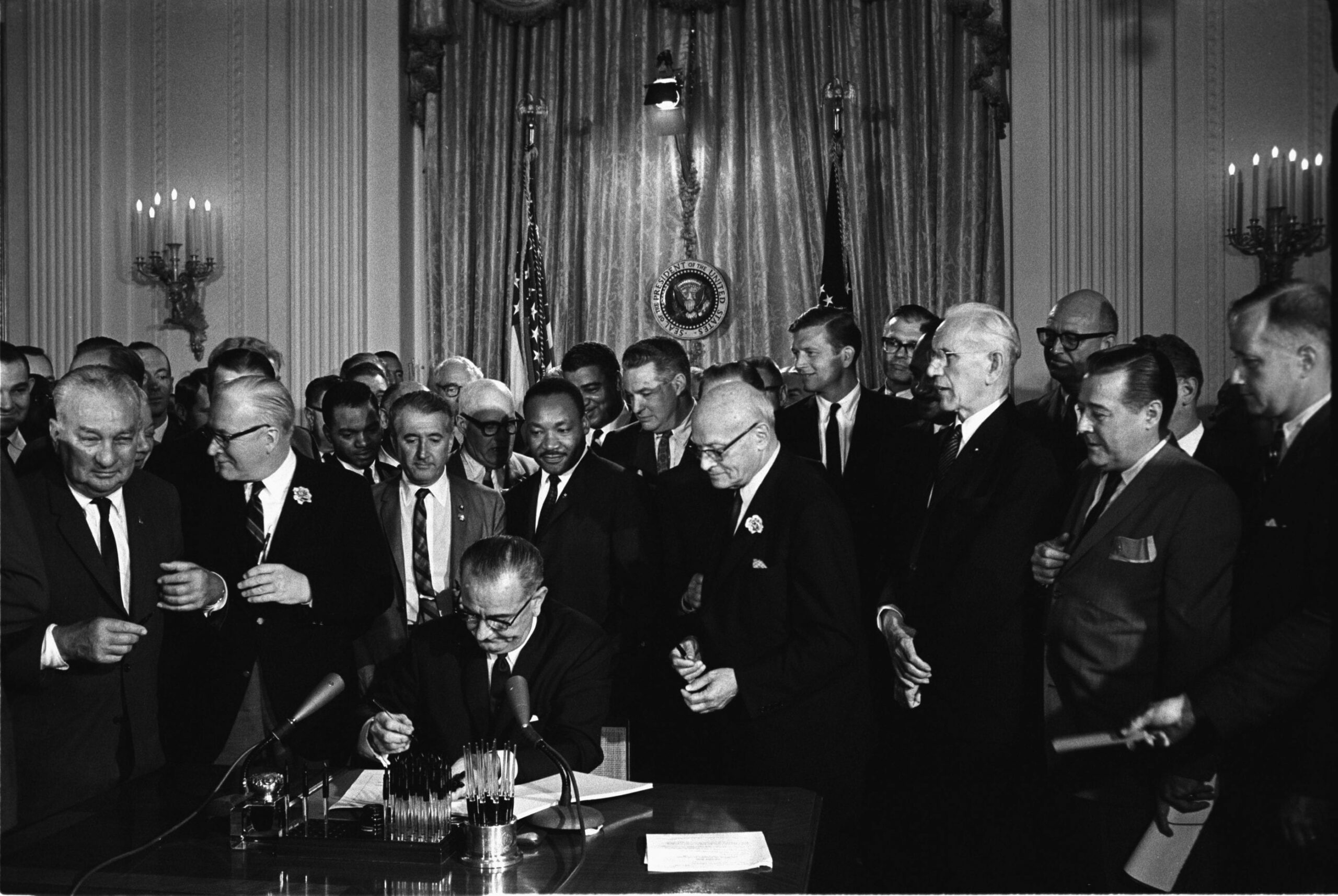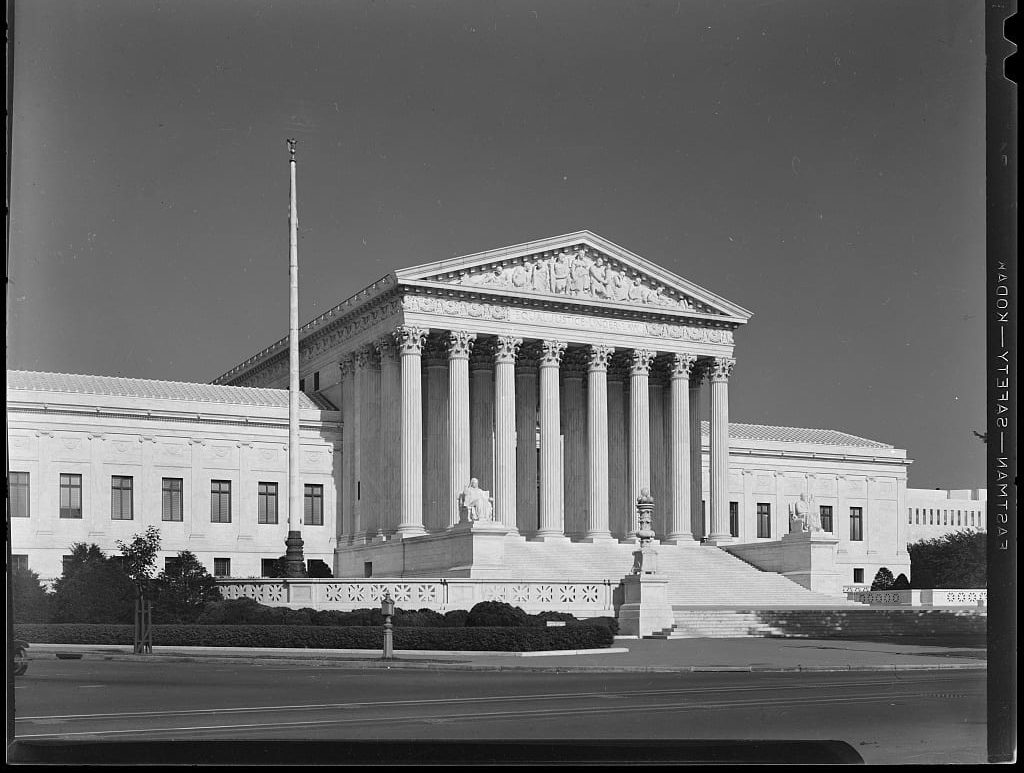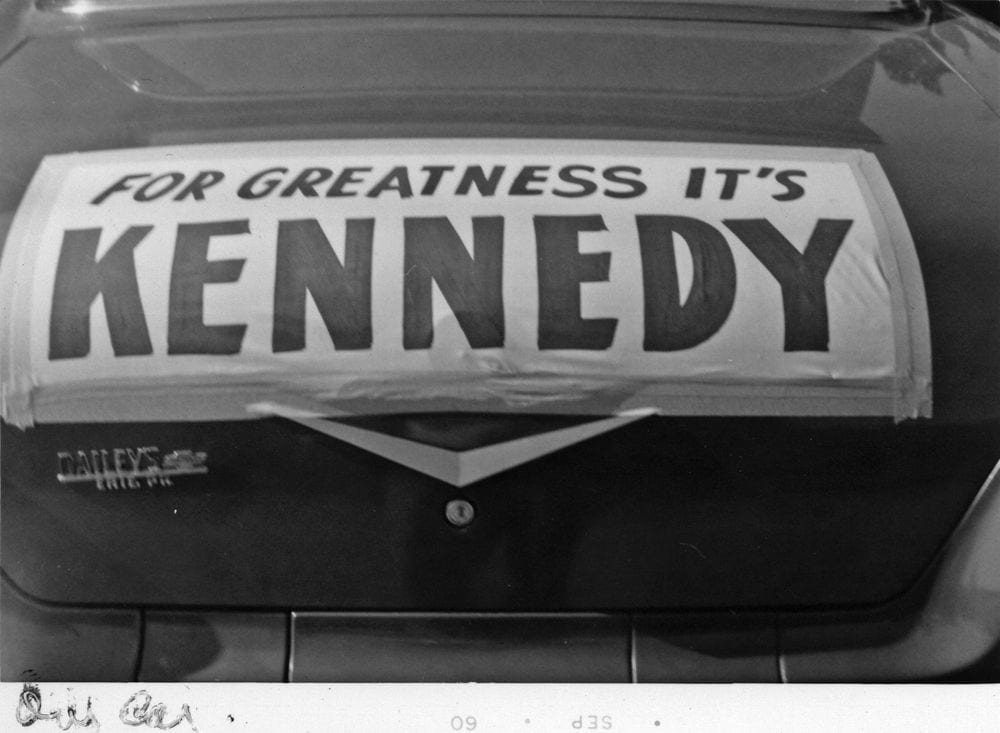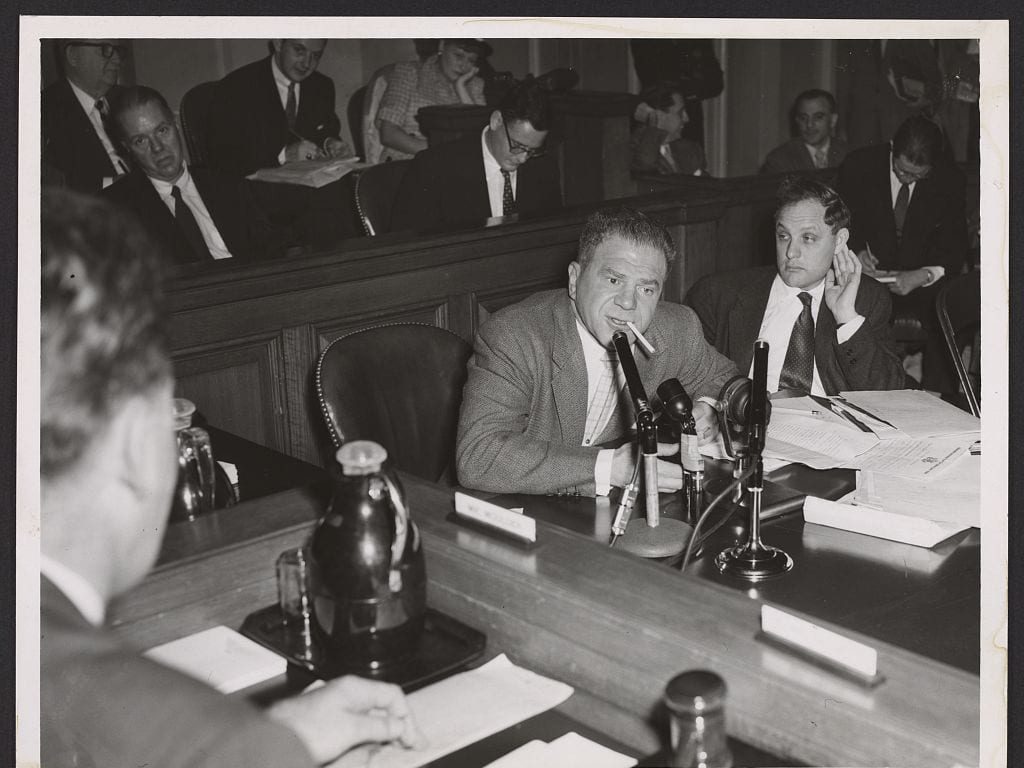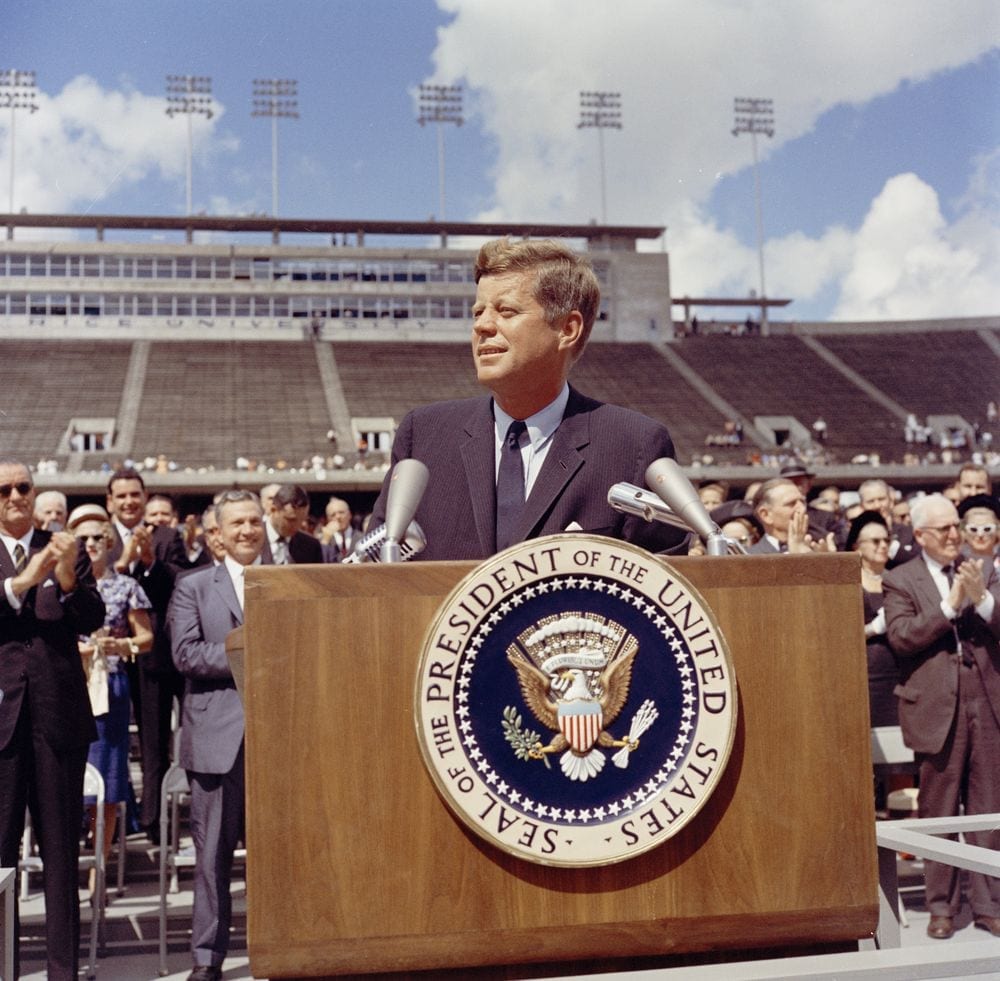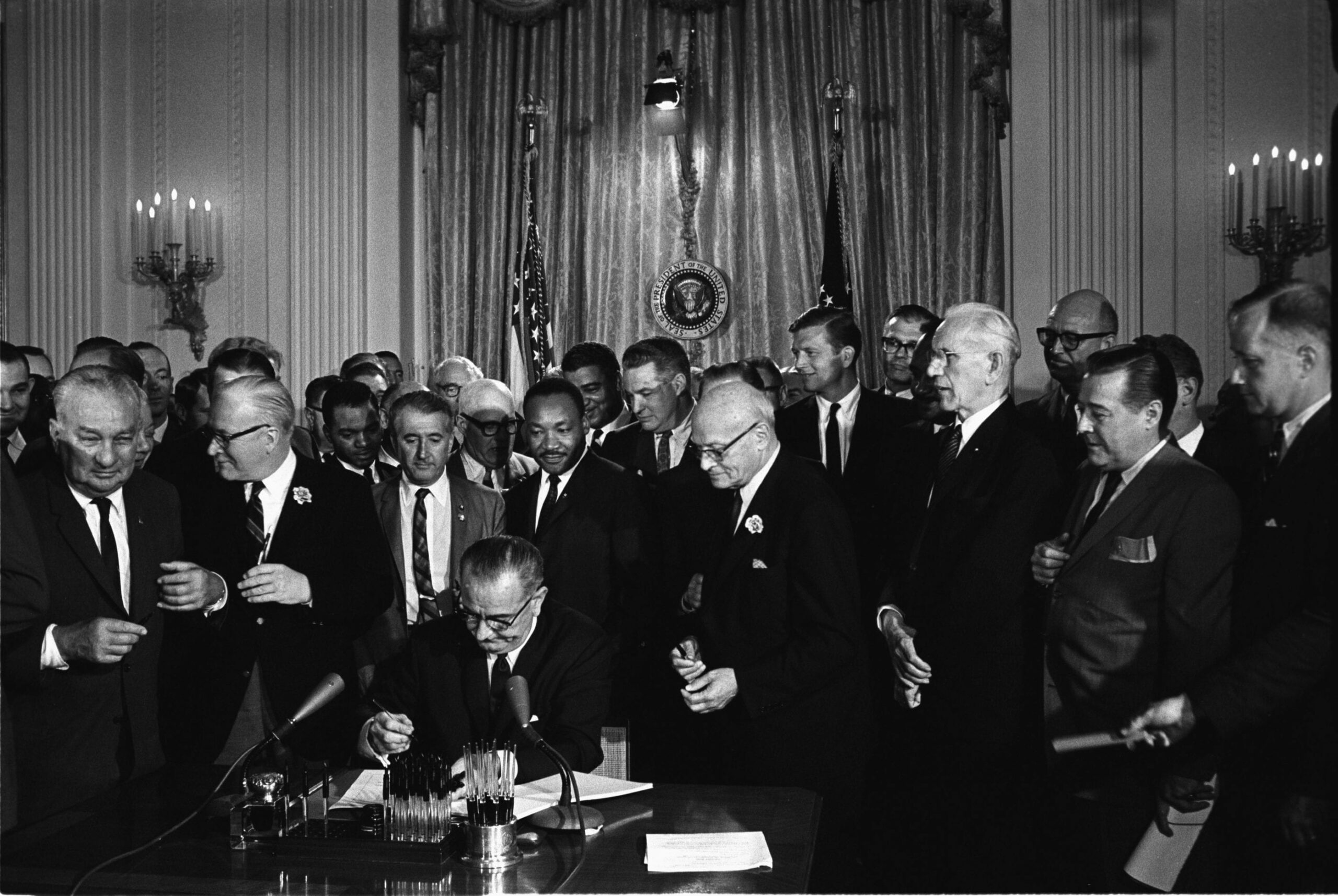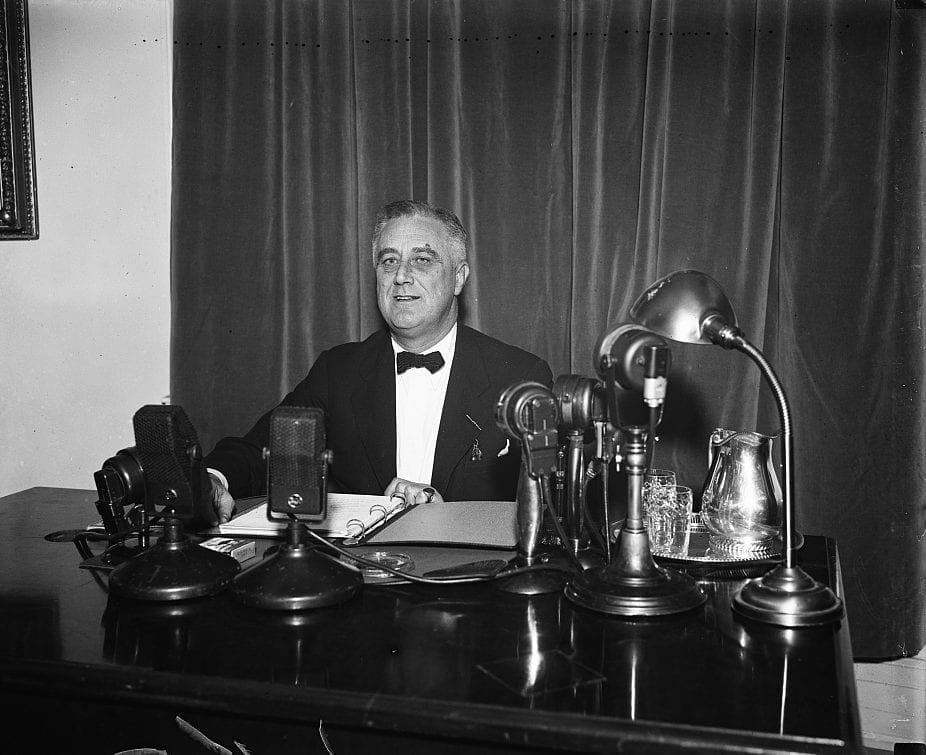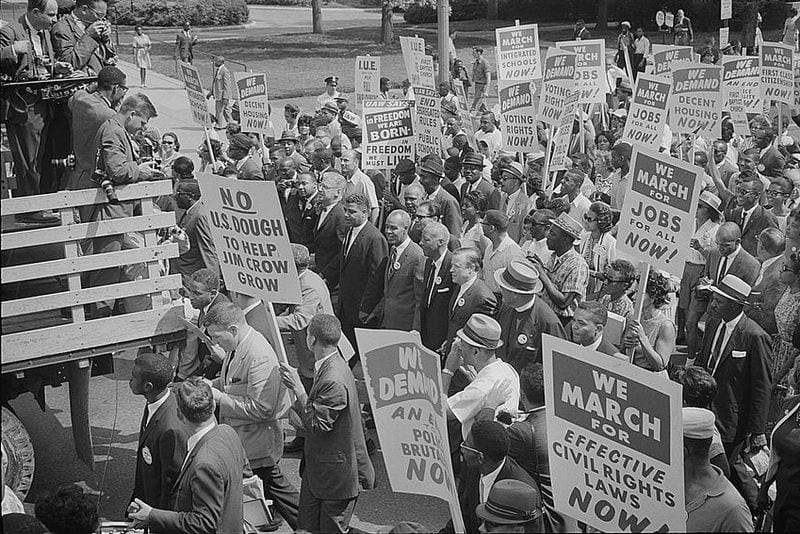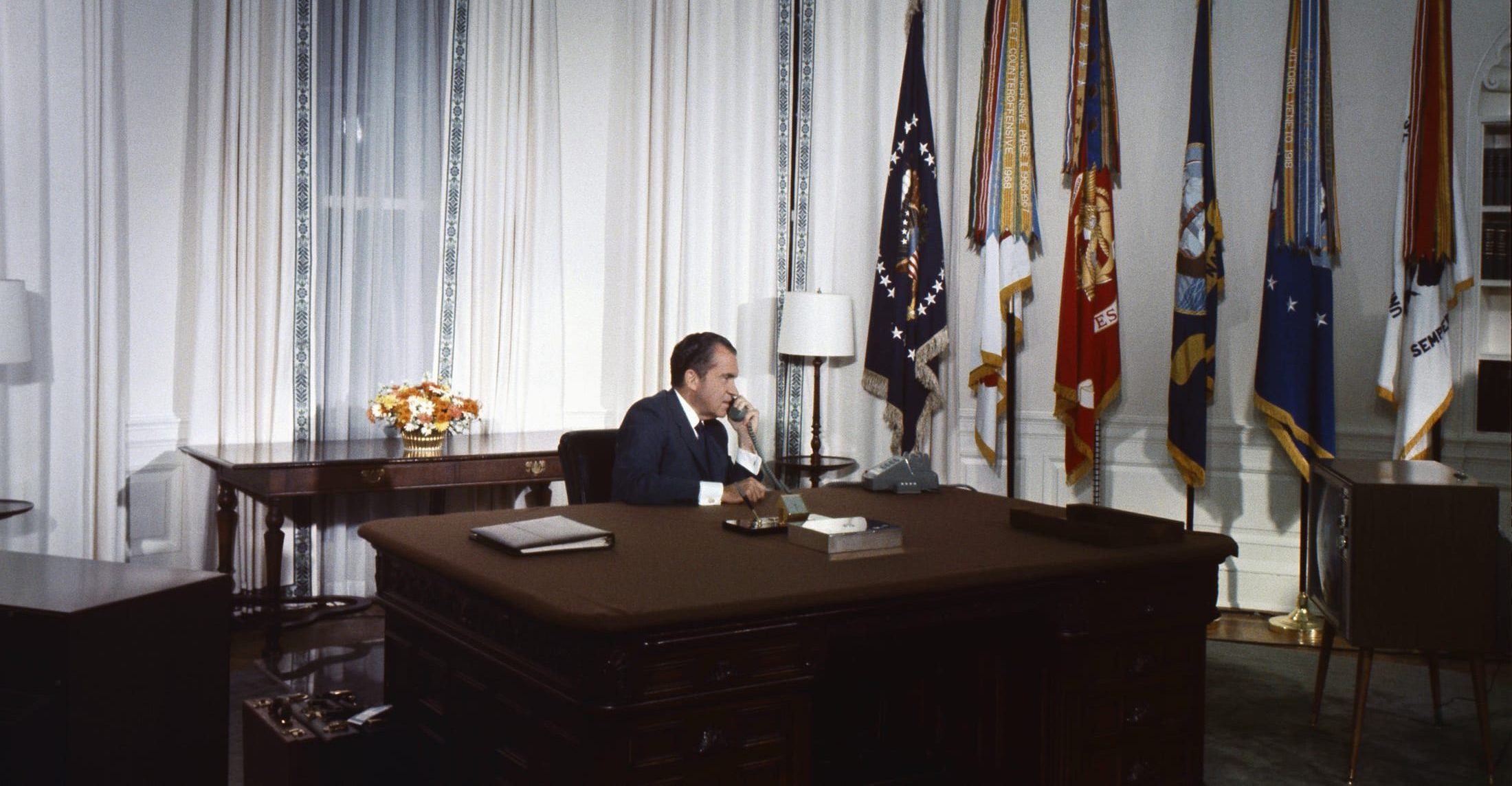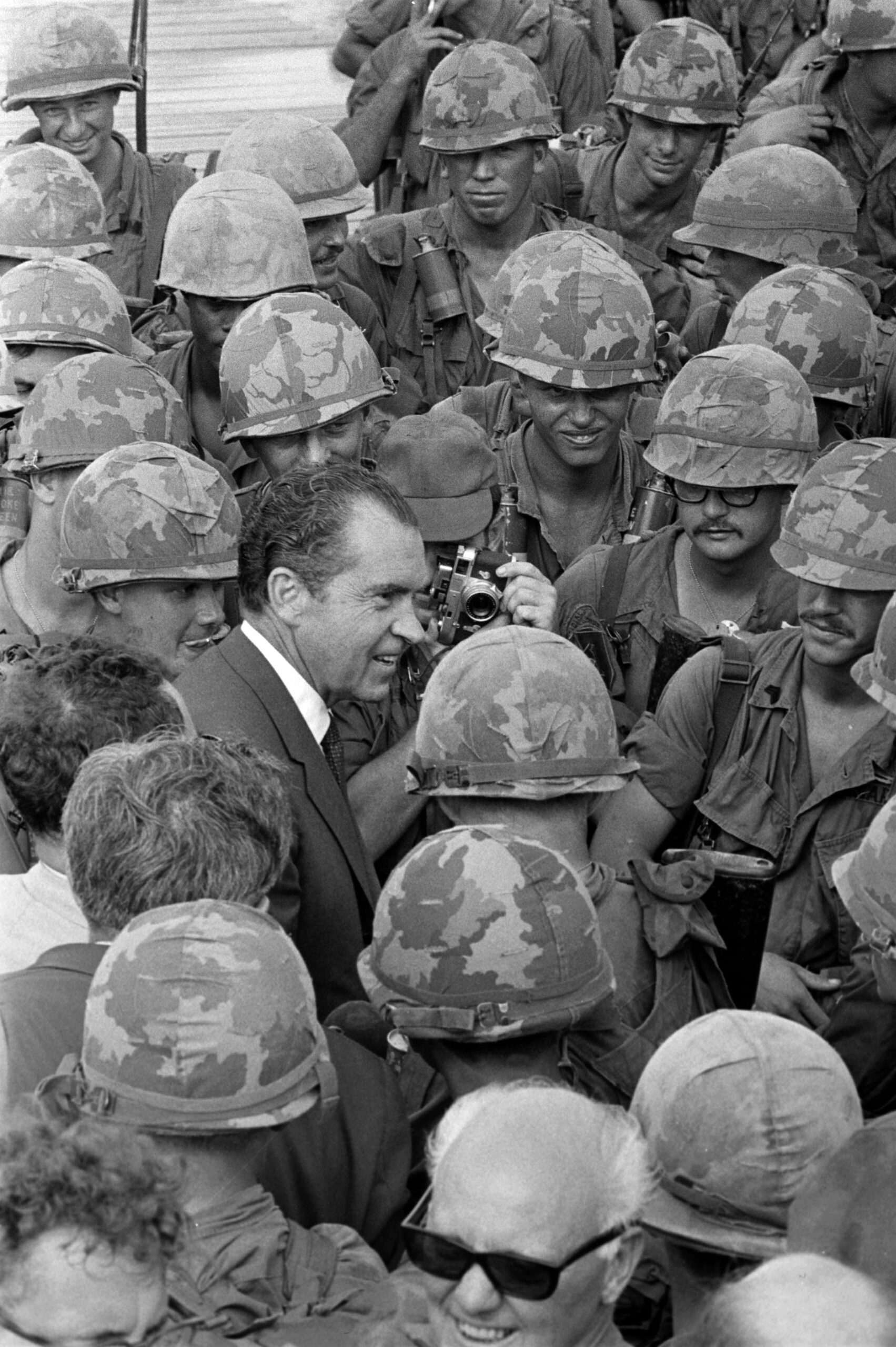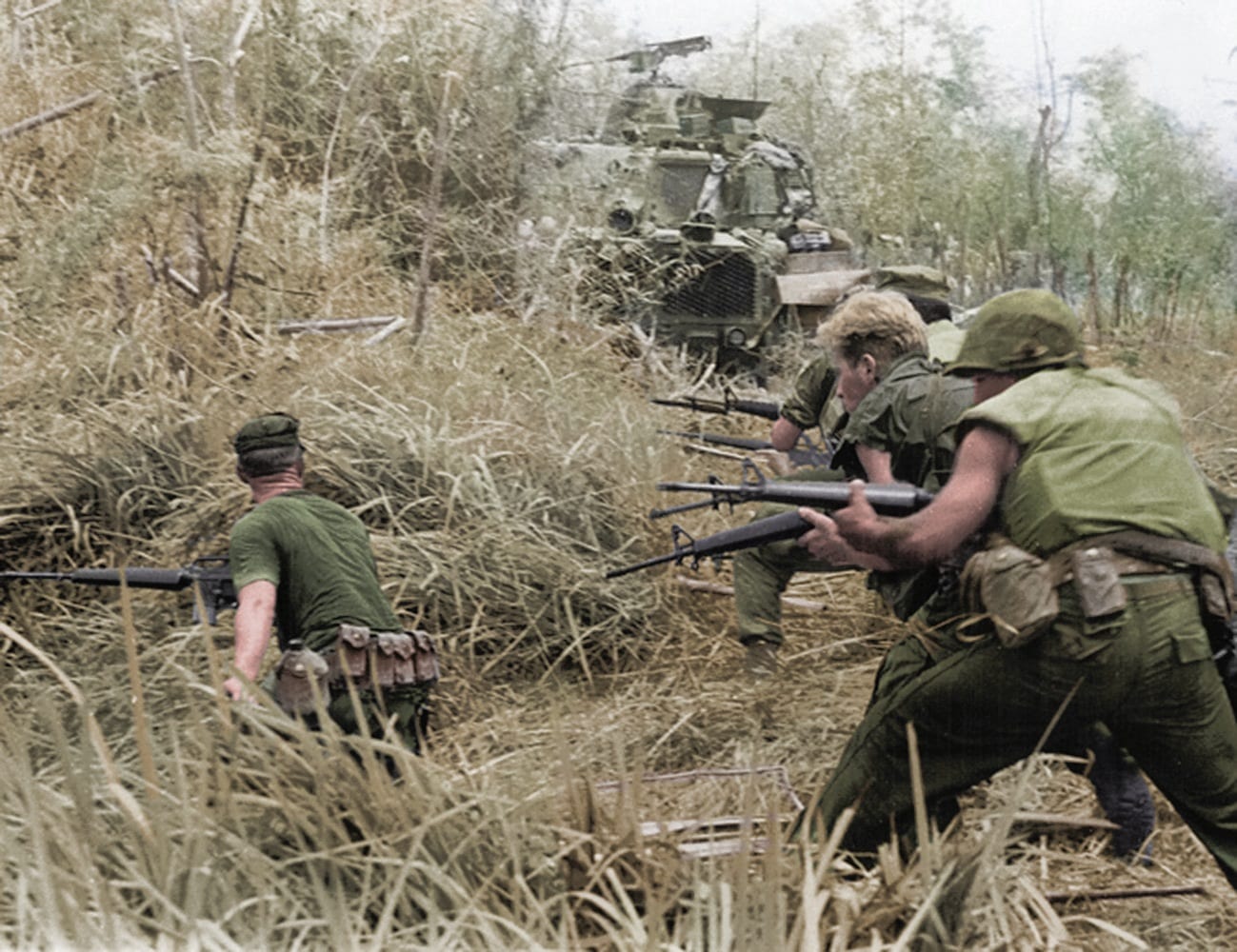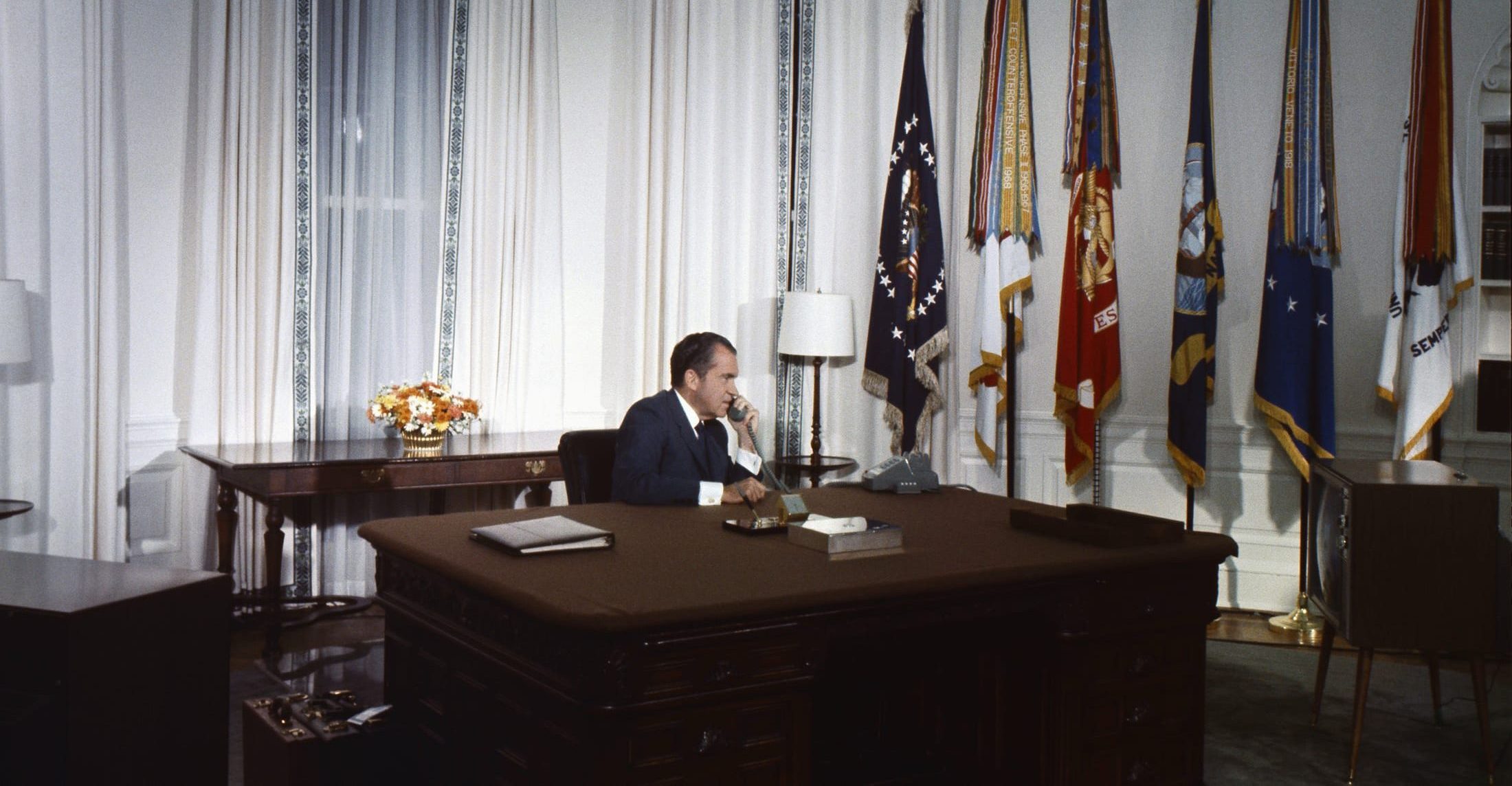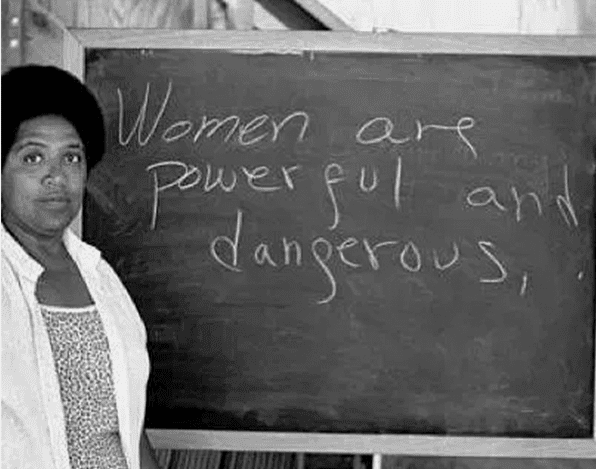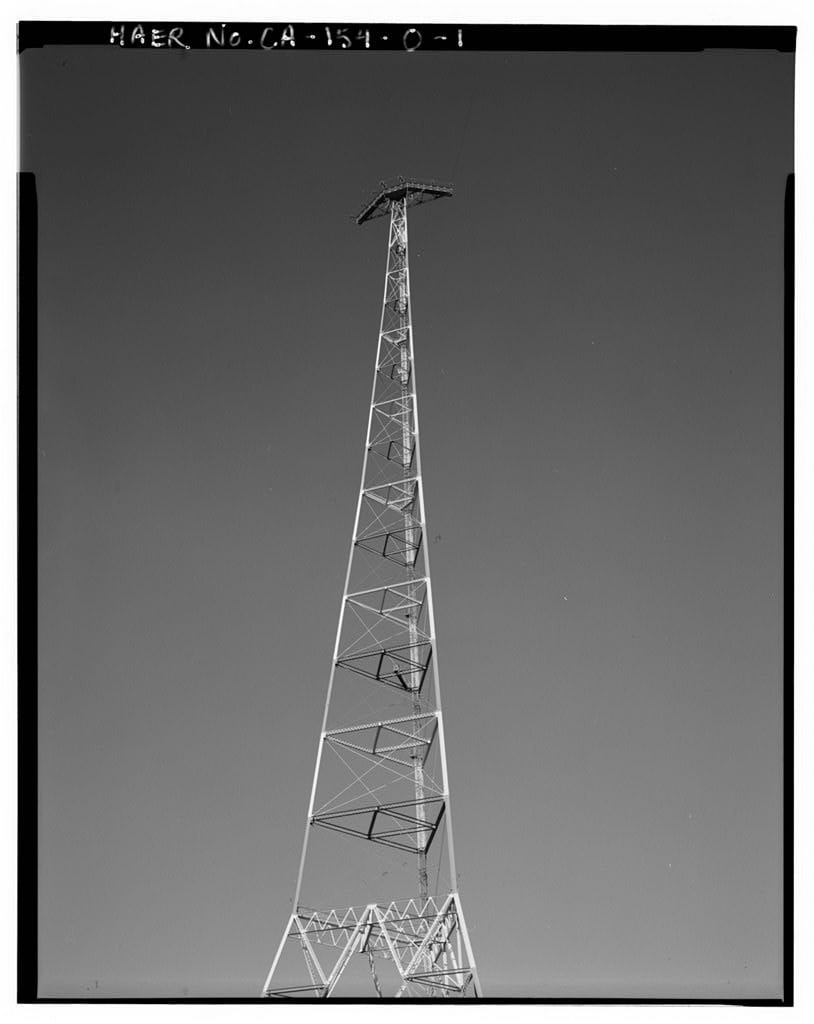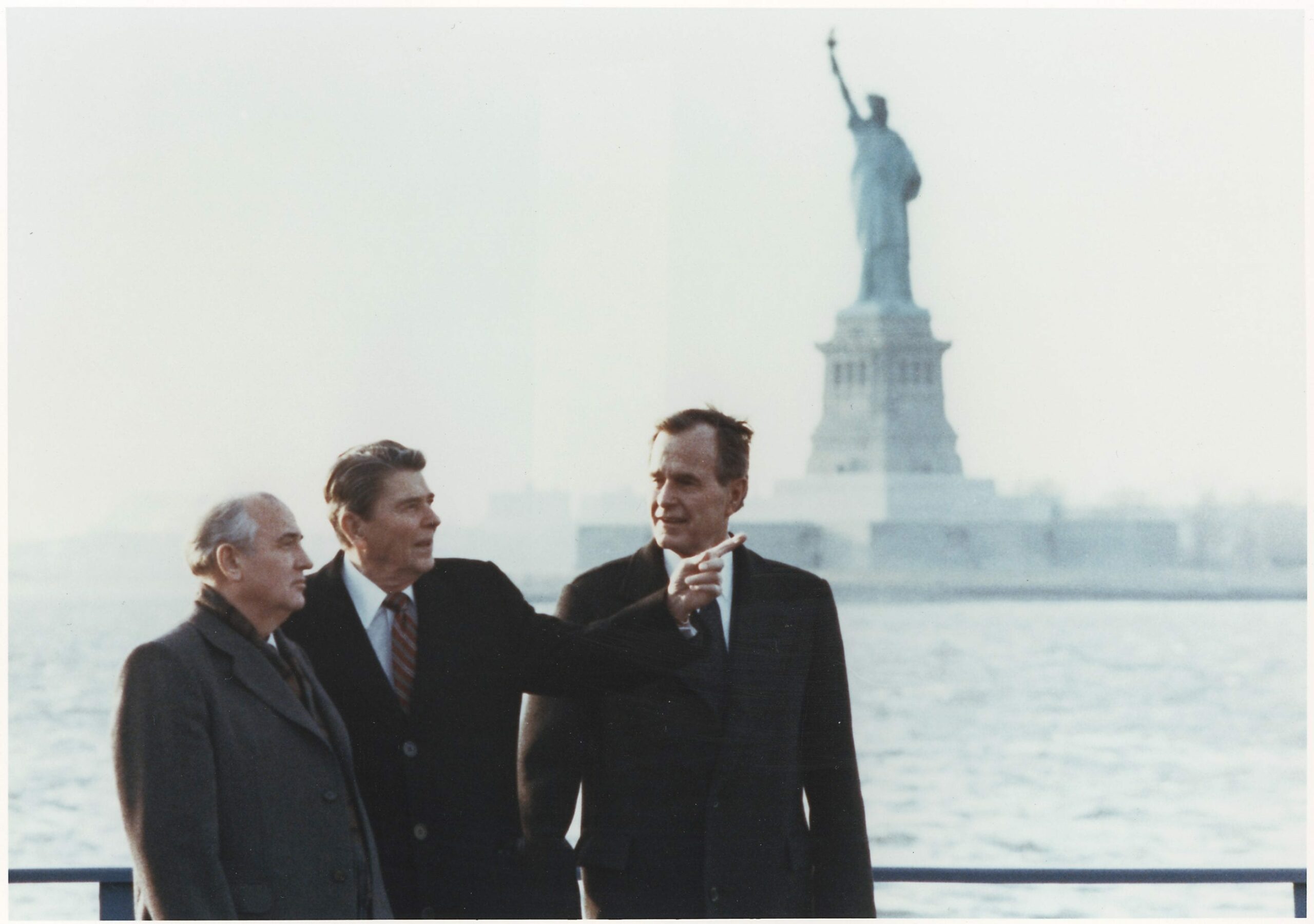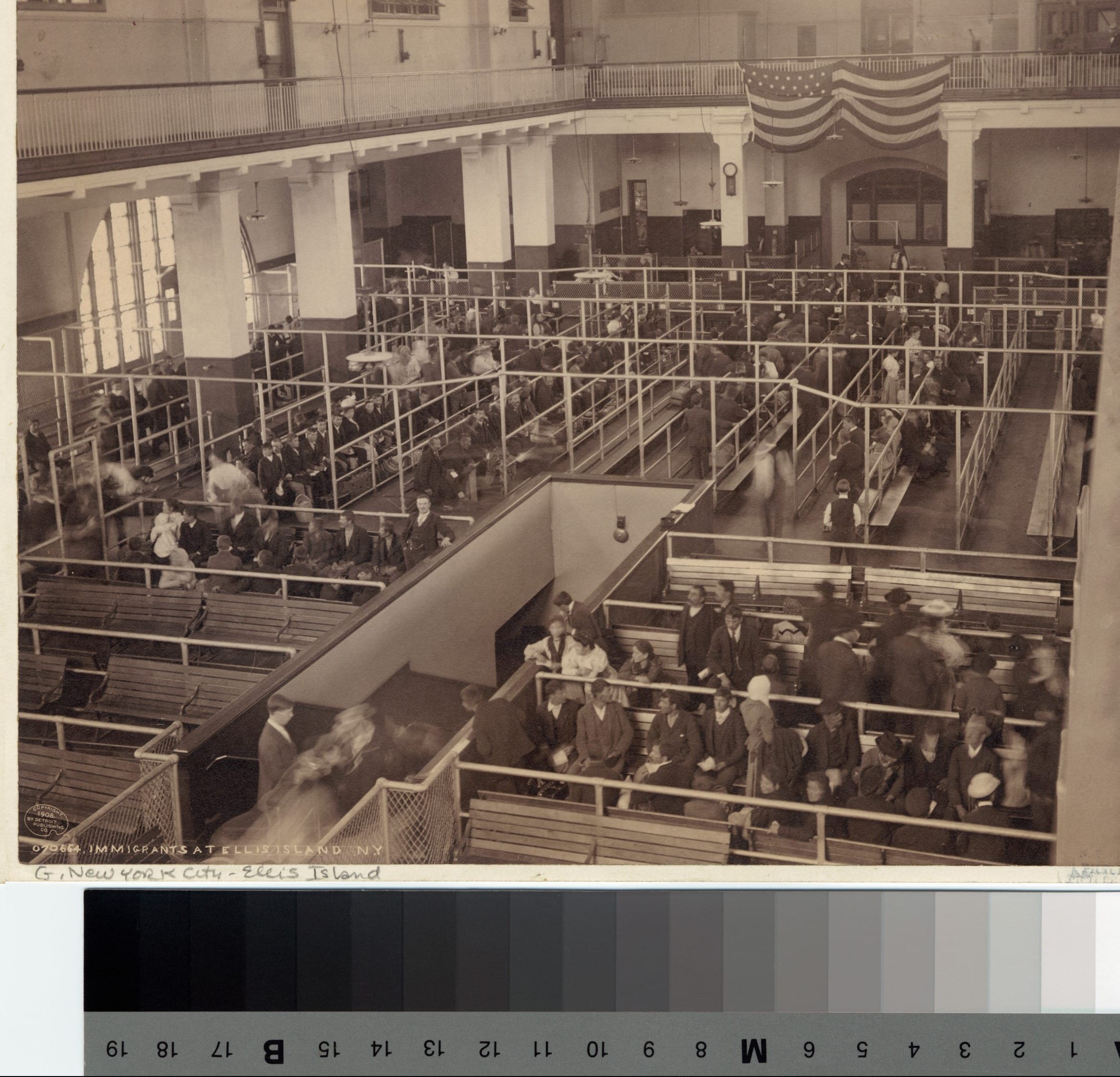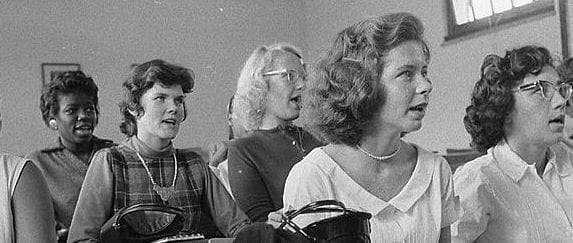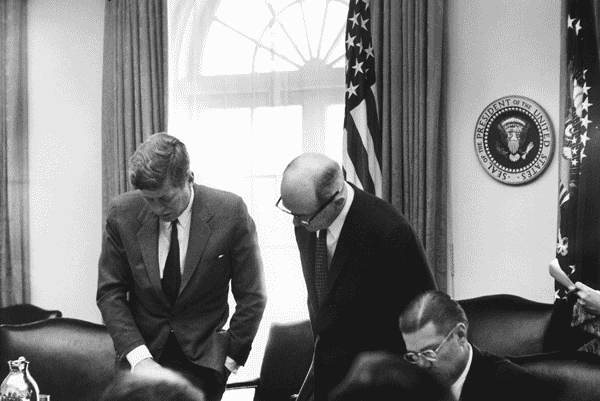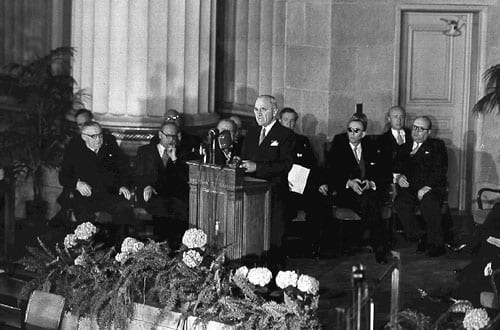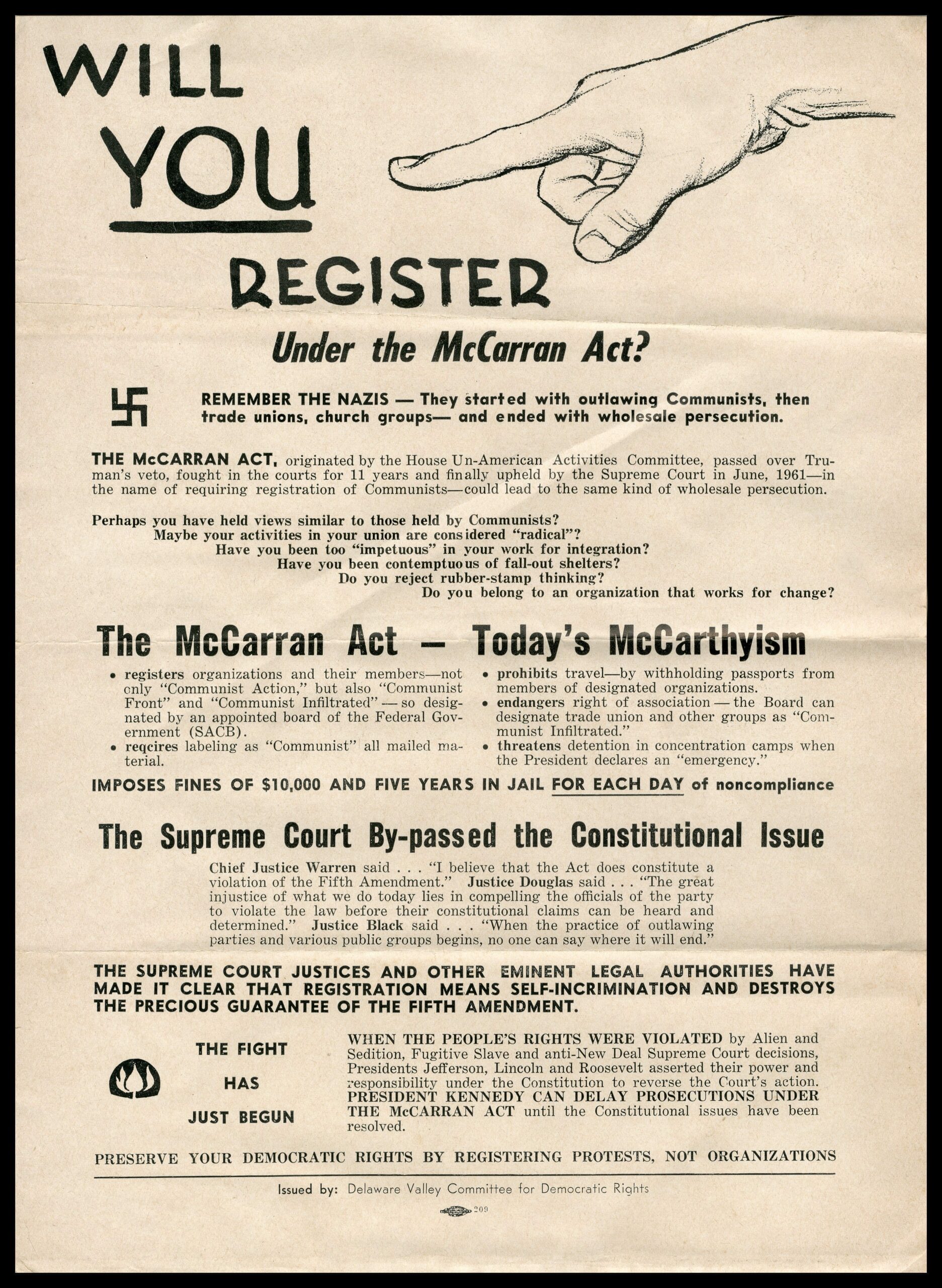
No related resources
Introduction
During his presidency, Richard Nixon reshaped the U.S. Cold War position into a policy known as détente (a French word that means an easing of tensions). Détente was not an abandonment of containment – the United States still remained committed to halting the spread of communism – but the policy did mean the United States would identify international problems that it could resolve through diplomatic negotiation with communist rivals, especially the Soviet Union and China. Nixon also hoped that détente would make the Soviet Union and China less likely to aggressively advance global communism. Prime examples of détente included a nuclear arms reduction agreement with the Soviet Union (the Strategic Arms Limitation Treaty of 1972), a deal to sell surplus U.S. wheat to the Soviet Union, and, as seen in the document below, a move to normalize relations between the United States and the People’s Republic of China.
Nixon’s 1972 meeting with China’s communist leader Mao Tse-Tung, which was secretly arranged, was bold and surprising. The United States had severed diplomatic ties with China after Mao came to power. Both nations had fought one another during the Korean War (See Truman and MacArthur), and the United States remained an ally of Taiwan, which China wanted to annex. (Taiwan, a democracy, was populated by ethnic Chinese.) The United States had two primary purposes in reaching out to communist China: to create trade opportunities for U.S. goods in China (a goal that dated to the late nineteenth century) and to coax China into pressuring its ally North Vietnam to accept the terms of the United States to end the Vietnam War (See Nixon).
Nixon’s trip did result in increased cultural contact and helped set up the restoration of diplomatic ties in 1979. It served as the foundation for current relations between the United States and China, which include close economic ties (though not as envisioned: the U.S. now has a trade deficit with China) and consultation on the continuing issue of a divided Korea. The trip did not, however, help the United States obtain the terms it wanted to end the war in Vietnam (See Nixon). Détente also proved short-lived. Nixon’s resignation in 1974 as a result of the Watergate scandal took away the policy’s leading advocate, while the Soviet invasion of Afghanistan in late 1979 renewed American concerns that the Soviets were again seeking global domination through the aggressive spread of communism (See Carter).
Source: Document 203, The Foreign Relations of the United States, 1969 – 1972, Vol. XVII, China, 1969-1972 (Washington, D.C.: U.S. Department of State, Office of the Historian, 2006), 812-16. Available at https://goo.gl/PnydHT.
President Richard Nixon of the United States of America visited the People’s Republic of China at the invitation of Premier Chou Enlai of the People’s Republic of China from February 21 to February 28, 1972. Accompanying the President were Mrs. Nixon, U.S. Secretary of State William Rogers, Assistant to the President Dr. Henry Kissinger, and other American officials.
President Nixon met with Chairman Mao Tse-tung of the Communist Party of China on February 21. The two leaders had a serious and frank exchange of views on Sino-U.S. relations and world affairs.
During the visit, extensive, earnest, and frank discussions were held between President Nixon and Premier Chou En-lai on the normalization of relations between the United States of America and the People’s Republic of China, as well as on other matters of interest to both sides. In addition, Secretary of State William Rogers and Foreign Minister Chi P’eng-fei held talks in the same spirit.
President Nixon and his party visited Peking and viewed cultural, industrial and agricultural sites, and they also toured Hangchow and Shanghai where, continuing discussions with Chinese leaders, they viewed similar places of interest.
The leaders of the People’s Republic of China and the United States of America found it beneficial to have this opportunity, after so many years without contact, to present candidly to one another their views on a variety of issues. They reviewed the international situation in which important changes and great upheavals are taking place and expounded their respective positions and attitudes.
The U.S. side stated: Peace in Asia and peace in the world requires efforts both to reduce immediate tensions and to eliminate the basic causes of conflict. The United States will work for a just and secure peace: just, because it fulfills the aspirations of peoples and nations for freedom and progress; secure, because it removes the danger of foreign aggression. The United States supports individual freedom and social progress for all the peoples of the world, free of outside pressure or intervention. The United States believes that the effort to reduce tensions is served by improving communication between countries that have different ideologies so as to lessen the risks of confrontation through accident, miscalculation or misunderstanding. Countries should treat each other with mutual respect and be willing to compete peacefully, letting performance be the ultimate judge. No country should claim infallibility and each country should be prepared to re-examine its own attitudes for the common good. The United States stressed that the peoples of Indochina should be allowed to determine their destiny without outside intervention . . . . The United States will maintain its close ties with and support for the Republic of Korea; the United States will support efforts of the Republic of Korea to seek a relaxation of tension and increased communication in the Korean peninsula. The United States places the highest value on its friendly relations with Japan; it will continue to develop the existing close bonds. . . .
The Chinese side stated: Wherever there is oppression, there is resistance. Countries want independence, nations want liberation and the people want revolution – this has become the irresistible trend of history. All nations, big or small, should be equal; big nations should not bully the small and strong nations should not bully the weak. China will never be a superpower and it opposes hegemony and power politics of any kind. The Chinese side stated that it firmly supports the struggles of all the oppressed people and nations for freedom and liberation and that the people of all countries have the right to choose their social systems according to their own wishes and the right to safeguard the independence, sovereignty and territorial integrity of their own countries and oppose foreign aggression, interference, control and subversion. All foreign troops should be withdrawn to their own countries.
The Chinese side expressed its firm support to the peoples of Vietnam, Laos, and Cambodia in their efforts for the attainment of their goal . . . . It firmly opposes the revival and outward expansion of Japanese militarism and firmly supports the Japanese people’s desire to build an independent, democratic, peaceful and neutral Japan. . . .
There are essential differences between China and the United States in their social systems and foreign policies. However, the two sides agreed that countries, regardless of their social systems, should conduct their relations on the principles of respect for the sovereignty and territorial integrity of all states, nonaggression against other states, noninterference in the internal affairs of other states, equality and mutual benefit, and peaceful coexistence. International disputes should be settled on this basis, without resorting to the use or threat of force. The United States and the People’s Republic of China are prepared to apply these principles to their mutual relations.
With these principles of international relations in mind the two sides stated that:
– progress toward the normalization of relations between China and the United States is in the interests of all countries;
– both wish to reduce the danger of international military conflict;
– neither should seek hegemony in the Asia–Pacific region and each is opposed to efforts by any other country or group of countries to establish such hegemony; and
– neither is prepared to negotiate on behalf of any third party or to enter into agreements or understandings with the other directed at other states.
Both sides are of the view that it would be against the interests of the peoples of the world for any major country to collude with another against other countries, or for major countries to divide up the world into spheres of interest.
The two sides reviewed the long-standing serious disputes between China and the United States. The Chinese side reaffirmed its position: The Taiwan question is the crucial question obstructing the normalization of relations between China and the United States; the Government of the People’s Republic of China is the sole legal government of China; Taiwan is a province of China which has long been returned to the motherland; the liberation of Taiwan is China’s internal affair in which no other country has the right to interfere; and all U.S. forces and military installations must be withdrawn from Taiwan. The Chinese Government firmly opposes any activities which aim at the creation of “one China, one Taiwan,” “one China, two governments,” “two Chinas,” and “independent Taiwan” or advocate that “the status of Taiwan remains to be determined.”
The U.S. side declared: The United States acknowledges that all Chinese on either side of the Taiwan Strait maintain there is but one China and that Taiwan is a part of China. The United States Government does not challenge that position. It reaffirms its interest in a peaceful settlement of the Taiwan question by the Chinese themselves. With this prospect in mind, it affirms the ultimate objective of the withdrawal of all U.S. forces and military installations from Taiwan. In the meantime, it will progressively reduce its forces and military installations on Taiwan as the tension in the area diminishes. . . .
Both sides view bilateral trade as another area from which mutual benefit can be derived, and agreed that economic relations based on equality and mutual benefit are in the interest of the people of the two countries. They agree to facilitate the progressive development of trade between their two countries.
. . .
Branzburg v. Hayes
June 29, 1972
Conversation-based seminars for collegial PD, one-day and multi-day seminars, graduate credit seminars (MA degree), online and in-person.

